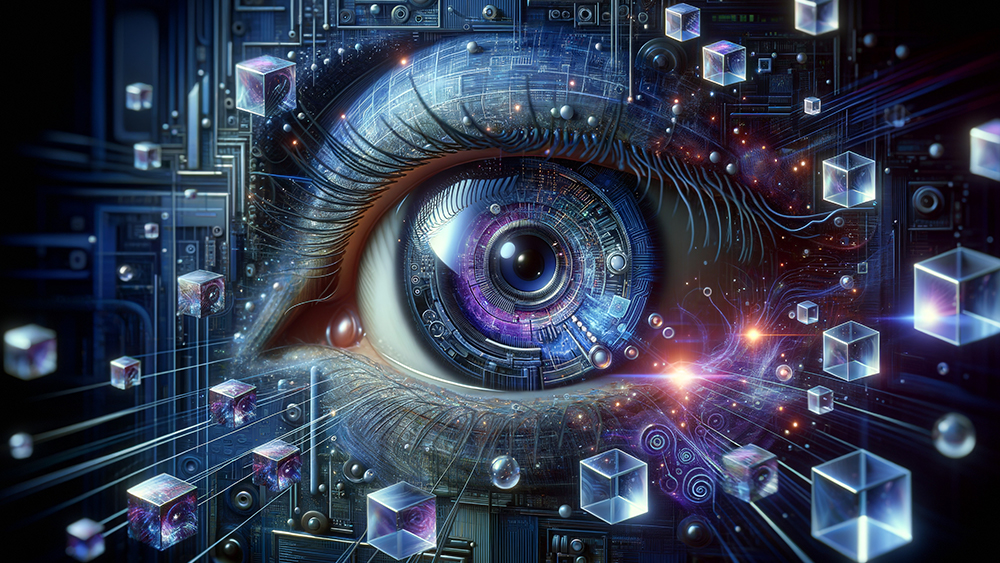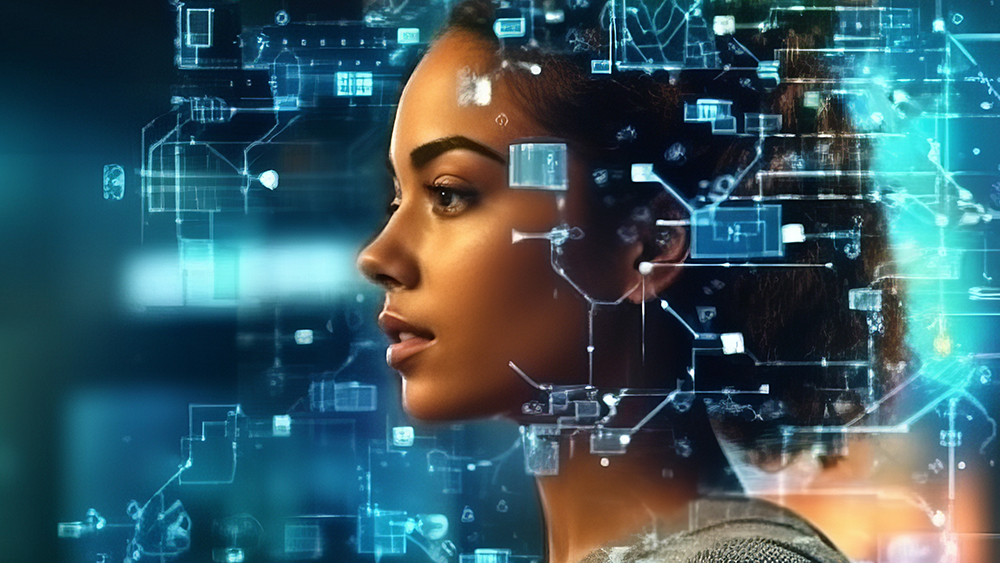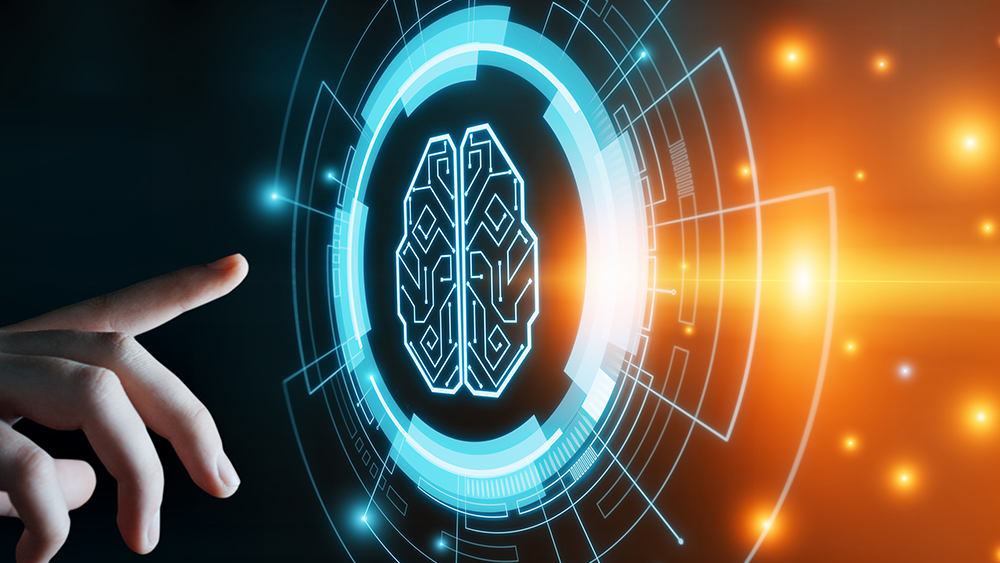
A tech startup is developing an artificial intelligence-powered in-vehicle camera that can assess a driver's level of intoxication as soon as they get into the car.
The new system, which seeks to reduce drunk driving accidents, was presented in a paper published on April 9 at a joint conference by the Institute of Electrical and Electronics Engineers and the Computer Vision Foundation.
According to the presentation, the in-development AI algorithm utilizes a single color camera to monitor variables such as gaze direction and head position. It incorporates 3D and infrared footage of the driver's face, rearview videos showing driver posture, steering interactions, event logs and screen recordings of driving behavior.
The researchers, along with the South African software company MiX by Powerfleet, used video footage of drivers of various ages, drinking habits and driving experience, as well as simulators under three levels of intoxication: sober, low intoxication and severely intoxicated. The algorithm identified common visual cues of intoxication, such as bloodshot eyes, a flushed face, droopy eyelids and a dazed look to assess the driver's intoxication level as soon as they get into the car. (Related: Government developing AI-powered surveillance program that can keep an eye on people in smart cities.)
"Our system has the capability to identify intoxication levels at the beginning of a drive, allowing for the potential prevention of impaired drivers from being on the road," said Ensiyeh Keshtkaran, a project contributor and doctoral student at Edith Cowan University (ECU) in Perth, Western Australia.
As of now, the AI-powered in-vehicle camera can only assess with 75 percent accuracy. But Syed Zulqarnain Gilani, the project lead and a senior lecturer at ECU's School of Science, said they are enhancing the resolution of the image data to improve the accuracy of the predictions.
"If low-resolution videos are proven sufficient, this technology can be employed by surveillance cameras installed on the roadside," Gilani stated.
WHO: Driving under the influence of alcohol a major contributor to road traffic injuries
A recent World Health Organization (WHO) report has revealed that approximately 1.19 million people worldwide lose their lives each year due to road traffic crashes. Driving under the influence of alcohol and other psychoactive substances is a major contributor to road traffic injuries, with the risk of accidents rising considerably with higher blood alcohol concentrations in drivers.
In fact, a report from the National Highway Traffic Safety Administration notes that even a small amount of alcohol can affect driving ability. In 2022, 2,337 people were killed in alcohol-related crashes where an offending driver had blood alcohol concentrations of between .01 to .07 grams per deciliter – below the benchmark of .08 grams per deciliter that is illegal in all 50 states, the District of Columbia and the American territories of American Samoa, Guam, Puerto Rico and the Virgin Islands.
In 2022, a total of 13,524 people in the United States died from alcohol-impaired driving deaths, which amounts to 37 people per day, or one person every 39 minutes.
Visit FutureTech.news for more stories on how artificial intelligence is shaping the world.
Watch this video that talks about the the future of AI.
This video is from The Talking Hedge channel on Brighteon.com.
More related stories:
Company rolls out AI-powered ammo vending machines that sell bullets 24/7 at grocery stores.
NANNY VEHICLES: New cars in Europe to automatically reduce engine power if driver is speeding.
Major retailers cite RETAIL THEFT as justification for using AI-powered surveillance in stores.
Sources include:
Please contact us for more information.




















